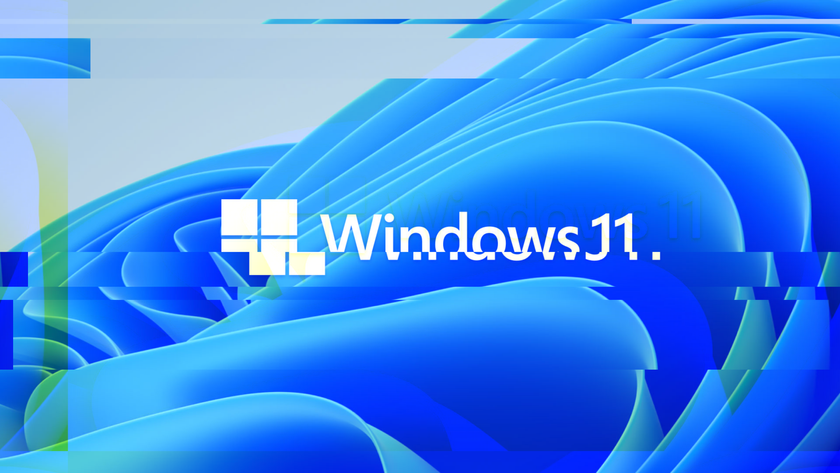The 10 minute guide to sharing files and docs
Faster file transfers and collaborative working made easy
Now click Change to change the workgroup to match the rest of your network. Click OK twice and reboot when prompted.
Next, you need to enable file sharing, so right-click the folder you wish to share and choose Properties > Sharing tab. If necessary, enable file sharing (don't run the wizard if prompted, just opt to enable file sharing), give your folder a name, choose whether the file is read-only or not, and click OK.
You may also need to configure your firewall to enable file sharing – check its documentation for details. Once done, the folder should be visible to other users on the network, ready for sharing files.
Upload the FTP way
FTP (File Transfer Protocol) is the traditional way of uploading files to the internet, and one of the reasons it's still popular is because it's quick and easy. While it's possible to upload files using FTP in Internet Explorer or through Windows, it's not the most effective way of doing so.
A far better way is to use an FTP client, which gives you quick and easy access to your server space, whether it's free space offered by your Internet Service Provider or spare capacity from your web host. One of the best free tools out there is FileZilla.
To gain access to your online storage you'll need three things: an FTP address, username and password for gaining access to that storage space. Your ISP or web host can provide these – check its online help section for details.
Get daily insight, inspiration and deals in your inbox
Sign up for breaking news, reviews, opinion, top tech deals, and more.
Drag and drop
Once you've logged on to your web or storage space you can use it like a Windows drive: create folders to help organise your uploads and then upload files to those folders. While it's possible to browse your hard drive using FileZilla itself, it's usually quicker to simply drag and drop from an Explorer window into your web space as represented in FileZilla's right-hand window.
Upload speeds will depend on your ISP and package, but don't expect them to be anywhere near as fast as your download speeds. As an example, the Virgin Media 10Mb package can download up to 1MB per second, but upload speeds are typically around 60-70KB/s.
The multiple approach
Peer-to-peer (P2P) networking gets around this restriction by taking advantage of multiple computers hosting the same files. As such, more download streams are available and this results in better performance.
P2P becomes an unbeatable option when looking for an efficient way to share files over the internet. In traditional forms of internet sharing, a file is stored on a single server and bandwidth must be shared between however many PCs are attempting to access that server at any one time. This is why some files download much quicker than others.
P2P is particularly popular for sharing large files such as video and music, and while the threat from viruses and spyware remains it's a brilliant way to access and share large files.
All that remains for you to do is choose a P2P network – BitTorrent is our network of choice due to its size and popularity – and suitable client. BitTorrent's own official client (uTorrent) can be downloaded from www.bittorrent.com.
How BitTorrent works
So how does the BitTorrent system manage to transfer files from the internet on to your PC? First, you have to install a BitTorrent client on your PC, such as uTorrent.
Once done, browse the web for sites hosting links to special files with a .torrent extension. These are very small and simply contain information about the file that you wish to download.
Double-clicking a .torrent file should open a link to a central server (called a tracker) on the internet, which has details about the file and the other computers that are currently downloading or sharing it (collectively known as a "swarm").
Make contact
These details are then downloaded to your PC, which enables it to make direct contact with the other members of the swarm to start downloading the file.
The file itself is split into smaller chunks, and those segments are traded between members of the swarm (note that multiple segments can be downloaded and uploaded simultaneously to maximise your bandwidth use and improve performance).
Once all of the chunks have been downloaded, they're reassembled into the original file.
Six web apps to help you share files and info
Windows Live SkyDrive
Sign up for 5GB free online storage, which includes the ability to set up folders you can share across the net.
Google Docs
To share or collaborate on files in a group, sign into Google Docs and you can work on a variety of documents.
Zoho
At Zoho there are chat and planning tools, along with a database application and lots more besides.
Flickr
Upload your photos, then share them with friends, family or the wider Flickr community.
Gliffy
Gliffy enables you to share up to five diagrams for others to collaborate on.
Google Calendar
Online calendars are designed for public viewing, and you can set up meetings, parties and appointments, then email others the details.
First published in PC Answers, Issue 193
Now read How to network Vista, XP, Linux and OS X.












